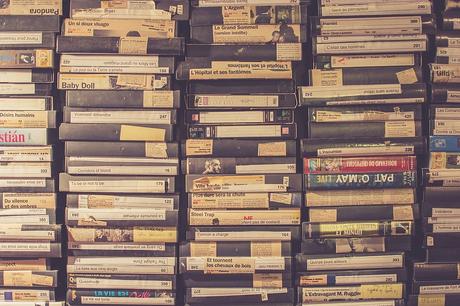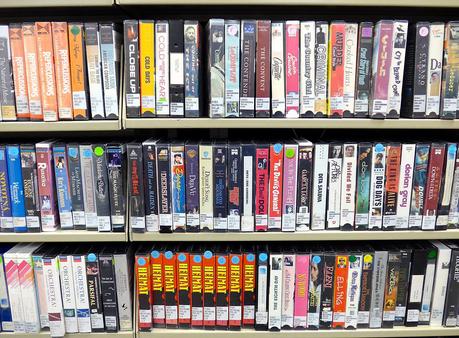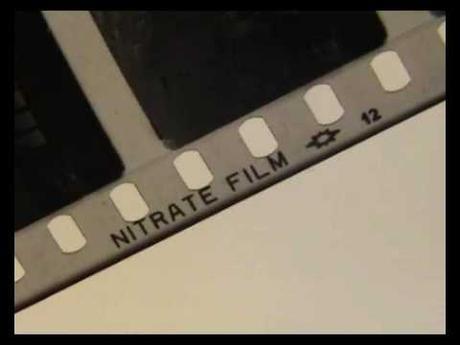Contributed by Jon Endres.
Say you’re going through your parent’s attic or basement. You come across a box that says “Home Movies: 1960 to 1990.” Would you know what to do with the tape or film that is in the box and how to make sure this media lasts as long as possible?
VHS, Compact VHS, S-VHS
These formats are likely to be among the most prevalent of audio/visual materials because of its ease of use and display. VHS and its subtypes very quickly supplanted 8mm and 16mm film in the 1970s and 1980s. There was no film development needed, no repairing broken film so it’s easy to see the draw.
What might be surprising to many is that VHS is considered to be among the most at risk forms of audio/visual media. The Museum of Obsolete Media lists VHS as a level 4 out of 5 for the risk of becoming unstable to a point where the a/v information is then unrecoverable.
VHS tapes are surprisingly not resilient. They can succumb easily to heat and humidity. Tapes like to live between 55 and 70 degrees Fahrenheit with a relative humidity of 30% to 55%. This means no storing tapes in your attic or basement. Flooding can lead to mold. Mold is difficult to mitigate once it has taken hold.
The best practice here is to keep tapes right side up next to each other, not stacked on top of one another. Then keep them stored away in a room of your house that will best fit the temperature and humidity guidelines above. In addition, keep them away from any appliances that might create a large electromagnetic field such as large speakers.


In addition, because of the fragile nature of the medium it would be a good idea to seek out a business or someone that can convert them into digital files and several copies of DVDs. Once on these formats your memories should be safe for decades to come.
16mm and 8mm film
The two other most common mediums you might find home movies on are 8mm and 16mm film. With each there are numerous subtypes. Film with sound, different types of stock used through the years, starting with nitrate (which is highly flammable, but also very old and not very likely used for home movies), and going through acetate and polyester. I’m not entirely going to focus on all of that. Most film needs to be given the same environment so these rules will apply across the board.

*Writer’s note: if you do come across film labeled as “Nitrate” on the side use extreme caution. Nitrate is, again, very flammable.
Film is also a high risk medium. In fact according to The Museum of Obsolete Media film ranks in the 5 out of 5 for lack of reliability. This can vary wildly, however, based on the type of film, how old it is and how it has been stored. Film goes by some of the same types rules as VHS tapes, just with different temperature and humidity requirements.
The best practices for preserving film can often be difficult for your average person because the ideal condition is cold and dry. There is generally a range of about 60 degrees Fahrenheit to frozen. The relative humidity should be stable and not go above 50%. So, much like with the VHS tapes, keep them out of the attic or the basement.
Ideally refrigeration would be used to keep the film as stable as possible for as long as possible. This is often not an option. So what I tell people is when you get the film remove any plastic or rubber bands that might be in the canister and buy some archival plastic canisters to store the film. Gaylord Archival has very good options for these. This can be a little pricey but will help immensely in slowing degradation of the film that has already happened. Once rehoused find a nice cool place to store them. Maybe a closet with an air conditioning vent. With film, we are always fighting the aging of the chemicals in the stock, dyes and emulsion. So while we can slow this process it is again imperative to find a place that can scan your film at the best possible quality and have multiple digital versions of it.
We can’t save film forever, I find the idea bittersweet as it’s what I strive to do. But with any format, it will not last forever, and especially with audio/video materials it is the most important to make sure to follow temperature and humidity guidelines and… DIGITIZE, DIGITIZE, DIGITIZE.
Resources:
The Museum of Obsolete Media
The National Film Preservation Foundation
Center for Home Movies
